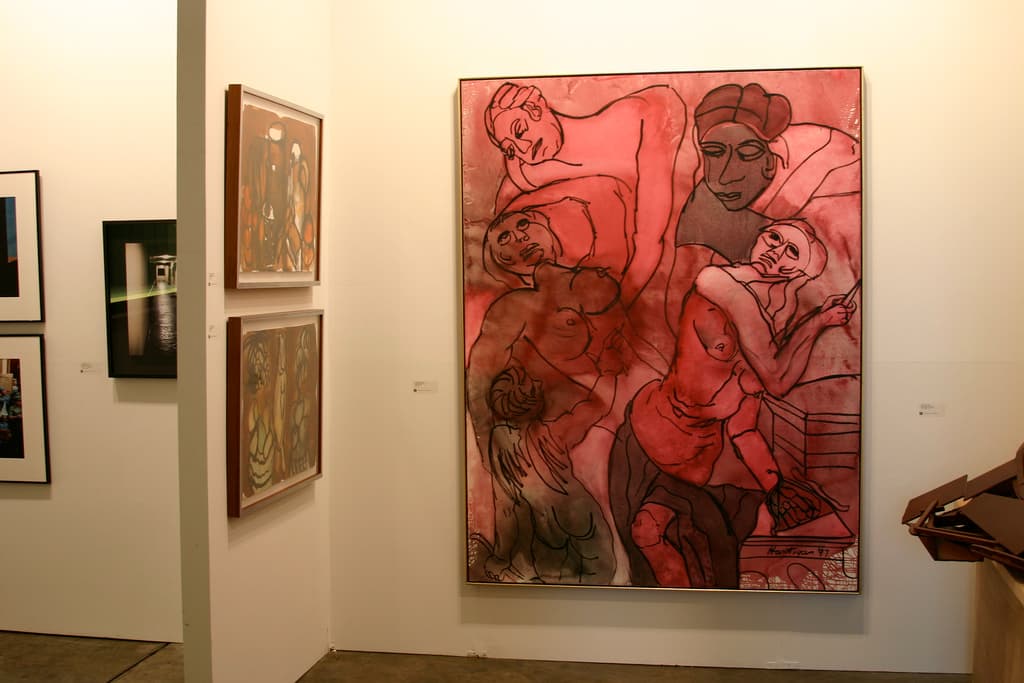
The late Grace Hartigan's work is part of a new exhibit at the Denver Art Museum. In 1951, she came home from a visit with other artists and wrote this in her journal:
The art critic Clem Greenberg had "gotten on his kick of ‘women painters'" again. Like always, he had declared that women are "too easily satisfied."
The critic accused people of Hartigan's gender of making ,"'finish’ pictures, polish, ‘candy,'" she wrote.
What the critic was saying must have felt particularly venomous.
Clem Greenberg was a king of the Abstract Expressionist scene. He was one of the first critics to discover Jackson Pollock, the most famous flinger of paint. He had tremendous influence in a genre that, like jazz, was emerging as one the first internationally respected genres of American art.
Men like him had tremendous influence over the careers of young artists like Hartigan. And then he says stuff like this: "He wants to be the contemporary of the first great woman painter," the artist wrote in her journal.
"What shit," she commented to herself. "He’d be the first to attack her."
That kind of sexism could have buried Hartigan and other women's work. But it didn't.
This diary extract, by the way, appeared in a piece by Joan Marter in The Art Newspaper. The piece, which you ought to read, is about "Women of Abstract Expressionism," a new exhibition here in Denver.
The exhibition:
- Runs through Sept. 25, 2016, at the Denver Art Museum
- Is included in general admission, normally $10 to $13 for adults and free for kids
- Features the work of a dozen artists, including Hartigan
Now, artists like Hartigan weren't entirely ignored. They fought hard, and they fought together to put on group shows at places like the Stable Gallery, according to Harter.
Still, "despite all evidence of their presence, participation and paintings, it would be decades before more than a handful of women could take their place in the annals of art history as part of Abstract Expressionism," she writes.
That's changing now -- and that gives us in Denver a chance to see a "new" part of modern art history. Read up more on their history over at the museum's site, which includes a nice listicle.












